Porto Formoso Tea Factory – São Miguel Island
The Island of São Miguel is filled with natural beauty and is one of the most accessible and visited islands in the Azores archipelago. However, one very interesting feature that draws a lot of attention in this small paradise is its tea plantations, the only ones in Europe dedicated to commerce and export to various countries.
Together with Chá Gorreana, the Chá Porto Formoso plantation is very famous in the region, mainly for preserving the memory of the arrival of tea in Azorean territories, dating back to the last quarter of the 19th century. From the Porto Formoso Tea Factory, one can observe the wonderful tea plantation, as well as the beautiful and picturesque parish of Porto Formoso.

Fotografia de ByAçores
Another point of interest, the museum of the factory, provides visitors with a brief film about the history of Chá Porto Formoso. The visit is guided, and at the end, visitors will taste a cup of tea in a special room that resembles a typical kitchen from São Miguel. In spring, traditional clothing from the past is worn during the tea harvest, thus maintaining the local cultural tradition.
Therefore, if you are visiting São Miguel Island, do not miss the opportunity to visit the Porto Formoso Tea Plantation and Factory and, of course, enjoy this delicious tea produced in the Azores.
Índice de conteúdos [ocultar]
History of Chá Porto Formoso
In 1516, Portugal inaugurated the maritime route to China, establishing a commercial base in Macau, a strategic position between India and Japan, thus beginning Portugal’s relationship with the eastern continent and its spices.
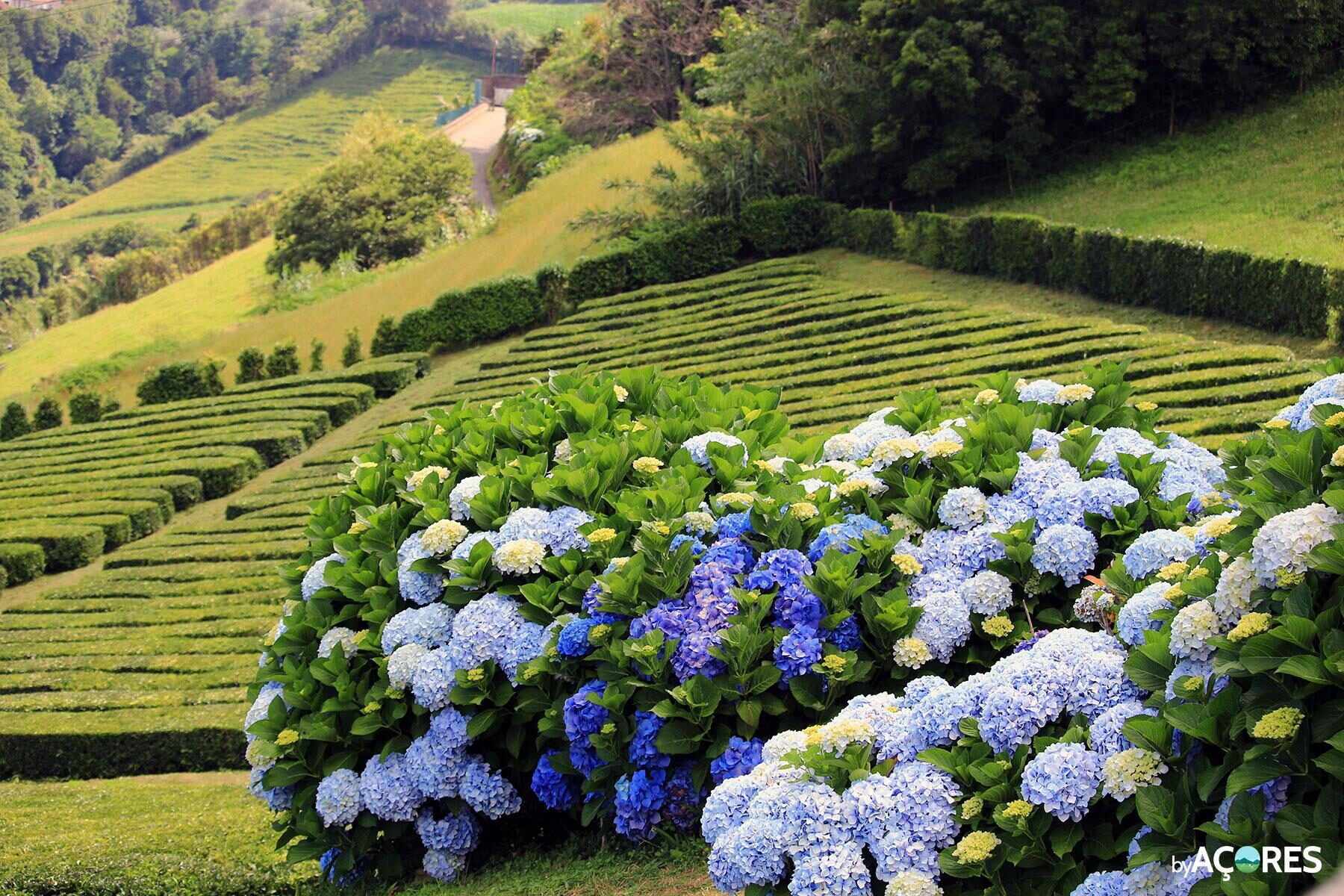
Fotografia de ByAçores
Researchers believe that Camellia Sinensis, the plant responsible for producing black tea, as well as white and green tea, arrived in the Azores, specifically in São Miguel Island, in 1750, via ships returning from the East. Some also say that the first tea seeds were brought from Brazil in the second half of the 18th century.
Initially, tea was always used as an ornamental plant. However, it was only in 1878 that, through the Sociedade Promotora da Agricultura Micaelense, two Chinese individuals landed in São Miguel to teach the necessary techniques to transform tea cultivation into an industrial venture.
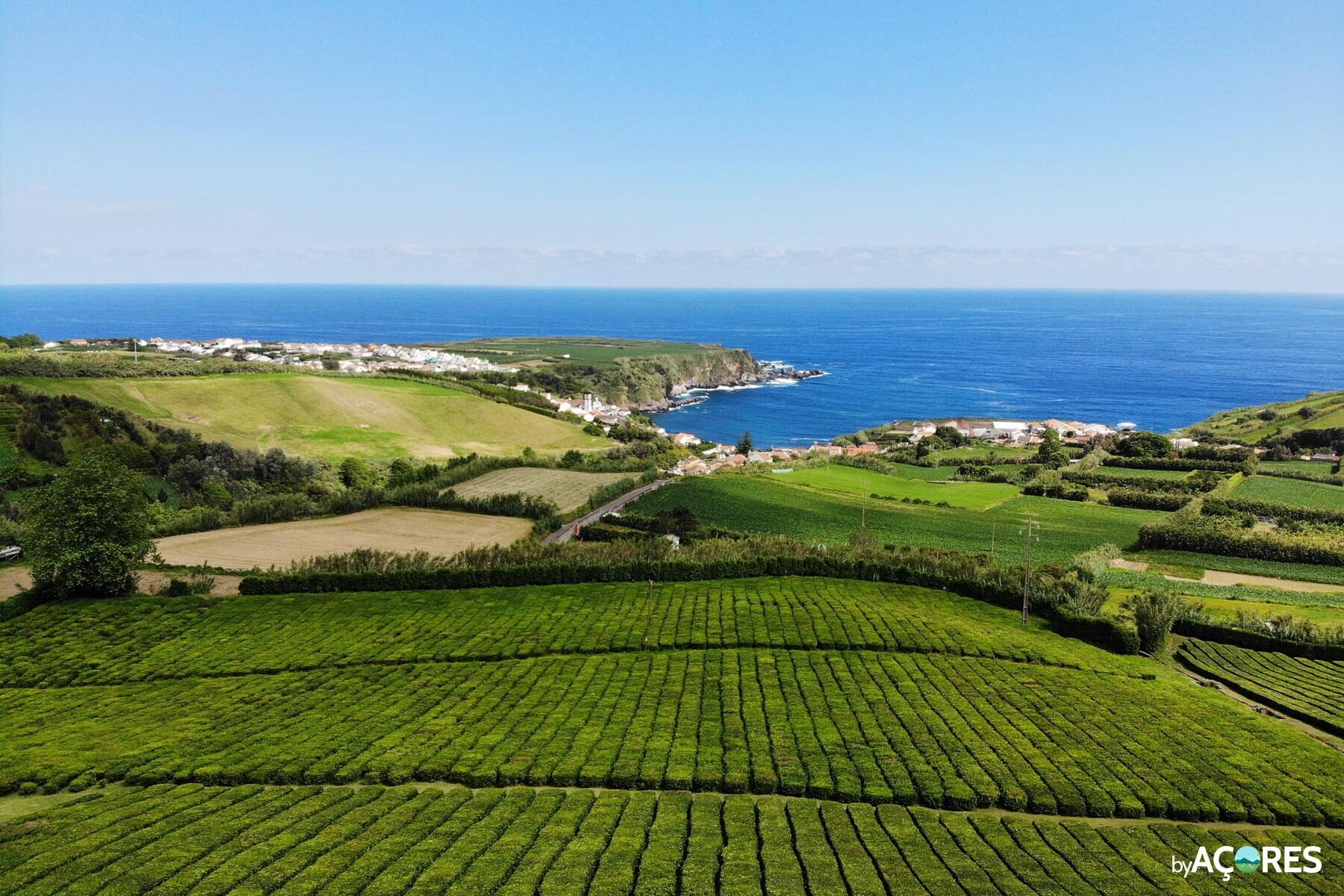
Fotografia de ByAçores
Since then, Chá Porto Formoso has conquered the world, being highly sought after by locals and tourists alike.
Porto Formoso Tea Plantation
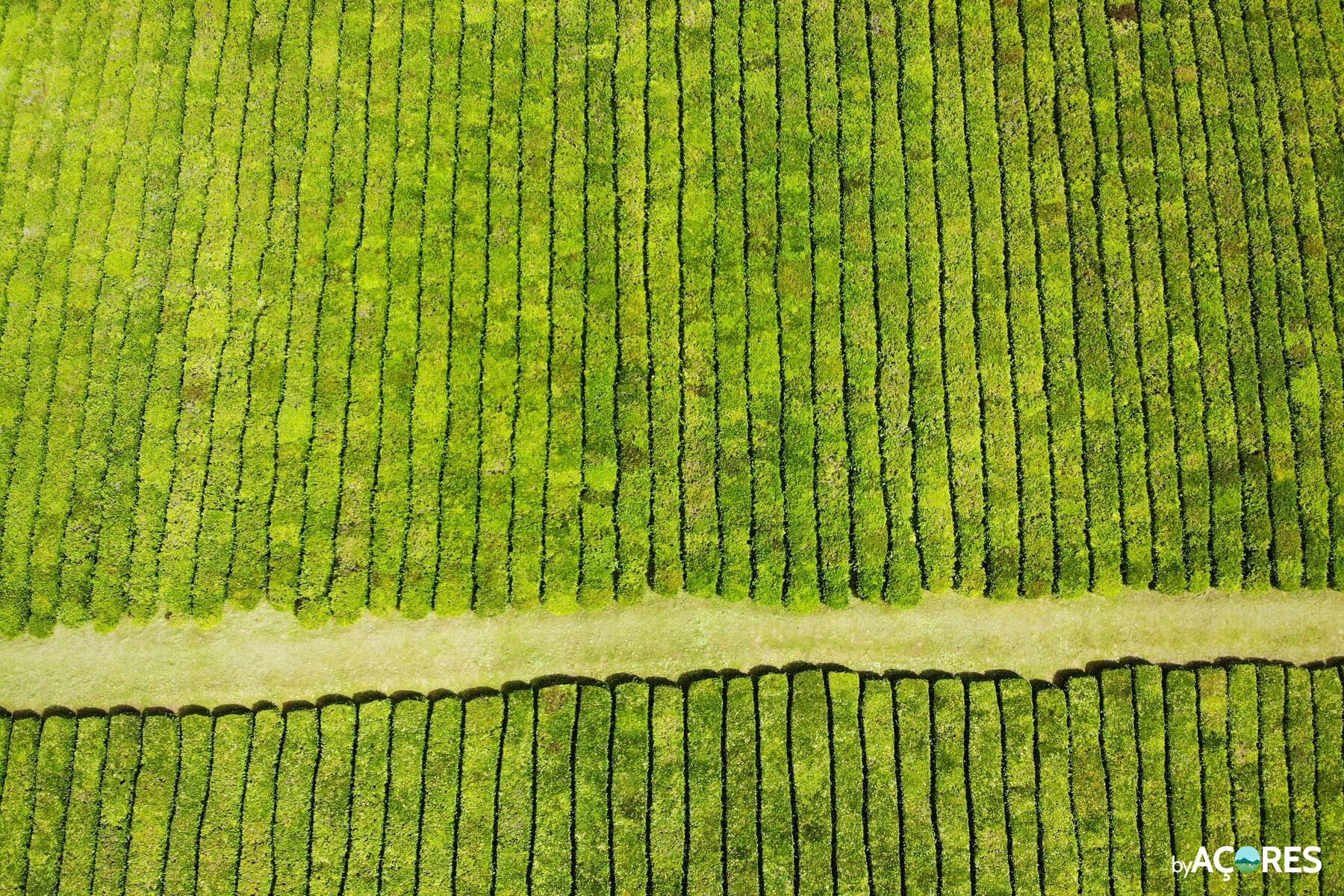
Fotografia de ByAçores
The abundant greenery of the Porto Formoso Tea Plantation forms true panoramic gardens with views over the sea, standing out in the landscape of the northern coast of São Miguel Island, thanks to its temperate climate and rich volcanic soil, which facilitate the cultivation of tropical plants in these lands.
The tea harvest occurs between April and September due to the fact that this period has little rainfall, resulting in slow bud growth and high-quality tea.
Thus, after harvesting, the leaves are taken to the factory and undergo natural processes to transform them into infusion leaves. The phases of this process include: wilting of the leaves, rolling, oxidation or fermentation, drying, and selection and packaging.
Tea Factory
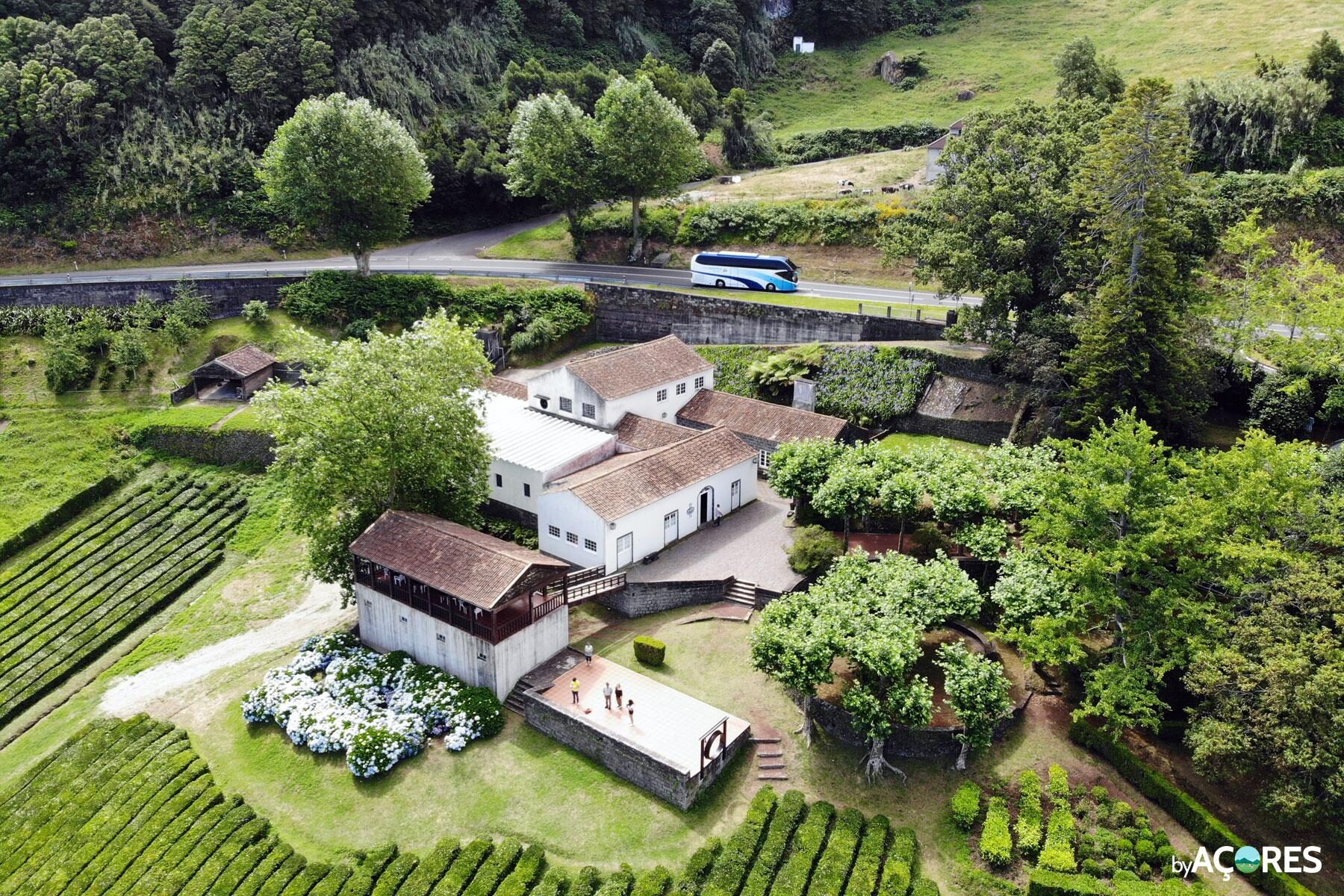
Fotografia de ByAçores
Founded by Amâncio Machado Faria e Maia, the Porto Formoso Tea Factory operated between the 1920s and the 1980s. However, in 1998, restoration works began at the factory, which was designated as Industrial Heritage of the Region, an important initiative by the current owners. All procedures strictly follow production quality control, demonstrating the value of Chá Porto Formoso.
A significant novelty that emerged in January 2018 was the production of organic tea, the first certified in São Miguel Island. While it is common to produce tea in the Azores without using resources like fertilizers, herbicides, or pesticides, there is now a guarantee of the authenticity of the organic label provided by an external entity. Consequently, the Azores became responsible for producing the first organic tea in Europe.
For José António Pacheco, the creator of the Porto Formoso family project, the idea of producing organic tea arose from the increase in demand for “bio” products.
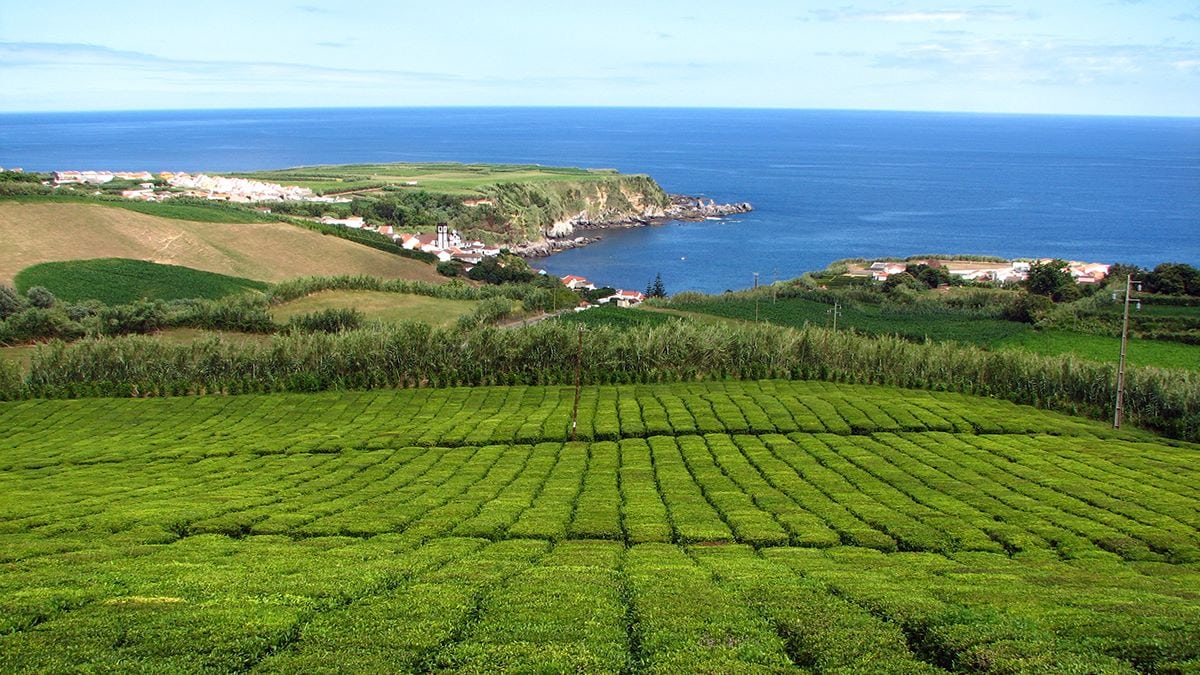
Fotografia de Bruno Sousa
Currently, the Porto Formoso Tea Factory produces four types of tea:
- Orange Pekoe: produced from the terminal bud and the first leaf of the shoot, very rolled, black, and rich in infusion, resulting in a delicate aroma and flavor.
- Pekoe: produced from the second leaf, with a milder taste and aroma.
- Broken Leaf: resulting from the third leaf and particles from the other leaves, having little aroma but more smoothness.
- Azores Home Blend: containing all the leaves from the shoot, it has a genuine flavor and was inspired by homemade tea production, which is quite common in some areas of the island.
The Azores Home Blend was developed in early 2018, following an initiative by the Pacheco family to organize a festive harvest throughout the month of May, where residents and tourists from the parish participate. This is because some families still have their own Camellia Sinensis plants to produce small amounts of tea for domestic consumption.
And that’s how the Azores Home Blend came to be, a blend of teas from various small family productions, receiving the Porto Formoso label in its production. With this, the tradition of tea in this region of the Azores, rich in history and culture, remains alive.
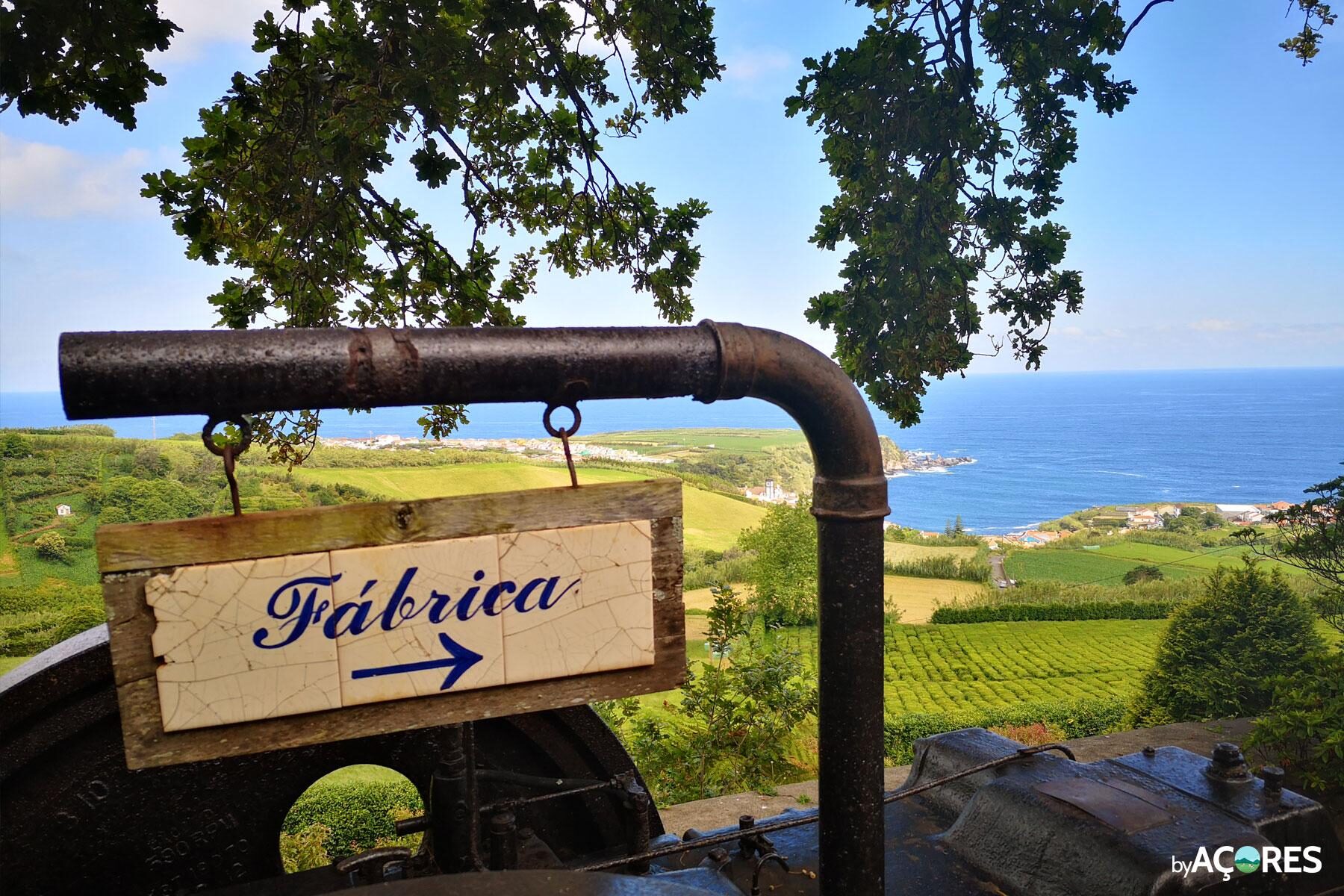
Fotografia de ByAçores
Curiosities
Every year, the Porto Formoso Tea Factory organizes a recreation of the traditional tea harvest in its plantations. This event, called “Beginning of the Harvest,” takes place on the first Saturday of May, coinciding with the first picking of the tea leaves. This action is very important for the region, which in the past had tea as a fundamental item in its economic and social activity, in addition to contributing to tourism and culture, involving over a hundred participants in the manual tea harvest.
For tea lovers, here are some tips on how to prepare Chá Porto Formoso:
- Place filtered water to heat and pay attention; as soon as the water starts to bubble, take it off the heat;
- Add the Porto Formoso tea leaves, two teaspoons for one liter of water;
- Wait between 3 to 5 minutes for the leaves to release all their aroma and flavor, and then remove the leaves to prevent the tea from becoming bitter;
- Done! Now just enjoy your flavorful Chá Porto Formoso.
And there are several benefits of Camellia Sinensis, including:
- Improvement of mood;
- Prevention against cancer and cardiovascular diseases;
- Assistance in weight loss;
- Brain stimulant and ability to reduce feelings of tiredness and fatigue.
What are you waiting for to have a cup of Chá Porto Formoso? Don’t forget to share your experience.
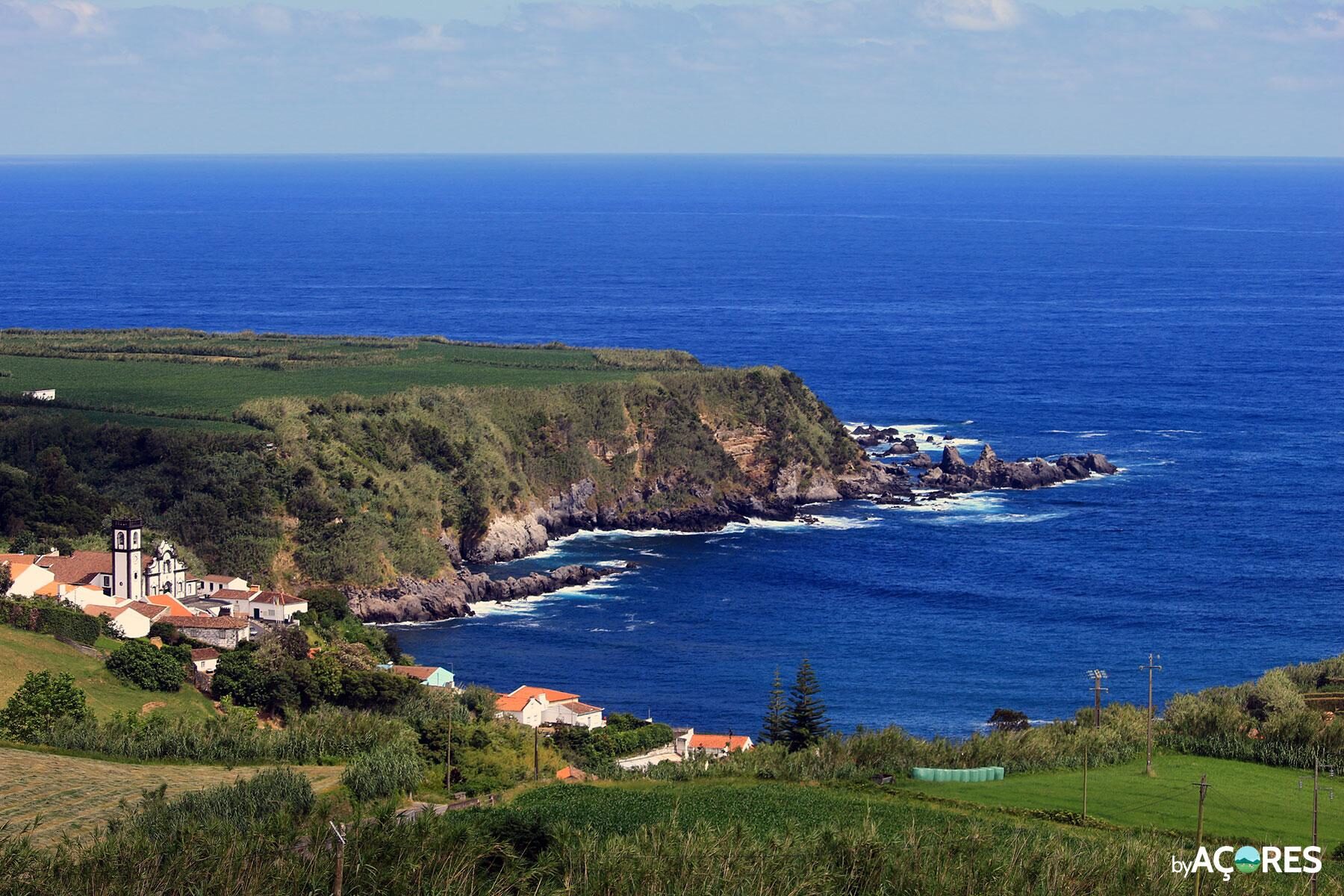
Fotografia de ByAçores
Chá Porto Formoso
How to Get There, Address, and Contacts
Estrada Regional, nº 24
9625-413, Porto Formoso
São Miguel, Azores.
Email: geral@chaportoformoso.com
Phone: +351 296 442 342
Operating Hours:
Monday to Saturday
Summer (May 1 – September 30): 9 AM to 6 PM
Winter (October 1 – April 30): 9 AM to 5 PM
Location on the Map:
Video
 Quick links and suggestions
Quick links and suggestions
Travel insurance with 15% discount for the Azores or another destination Click here to simulate >
Looking for trips to the Azores? See these promotions >
Rent a car in the Azores? The best rent-a-car >
Activities and Experiences during your stay? Check it out here >
See Whales and Dolphins? Book now online >
Have you had a canceled or delayed flight in the last 3 years? Receive your compensation here >


